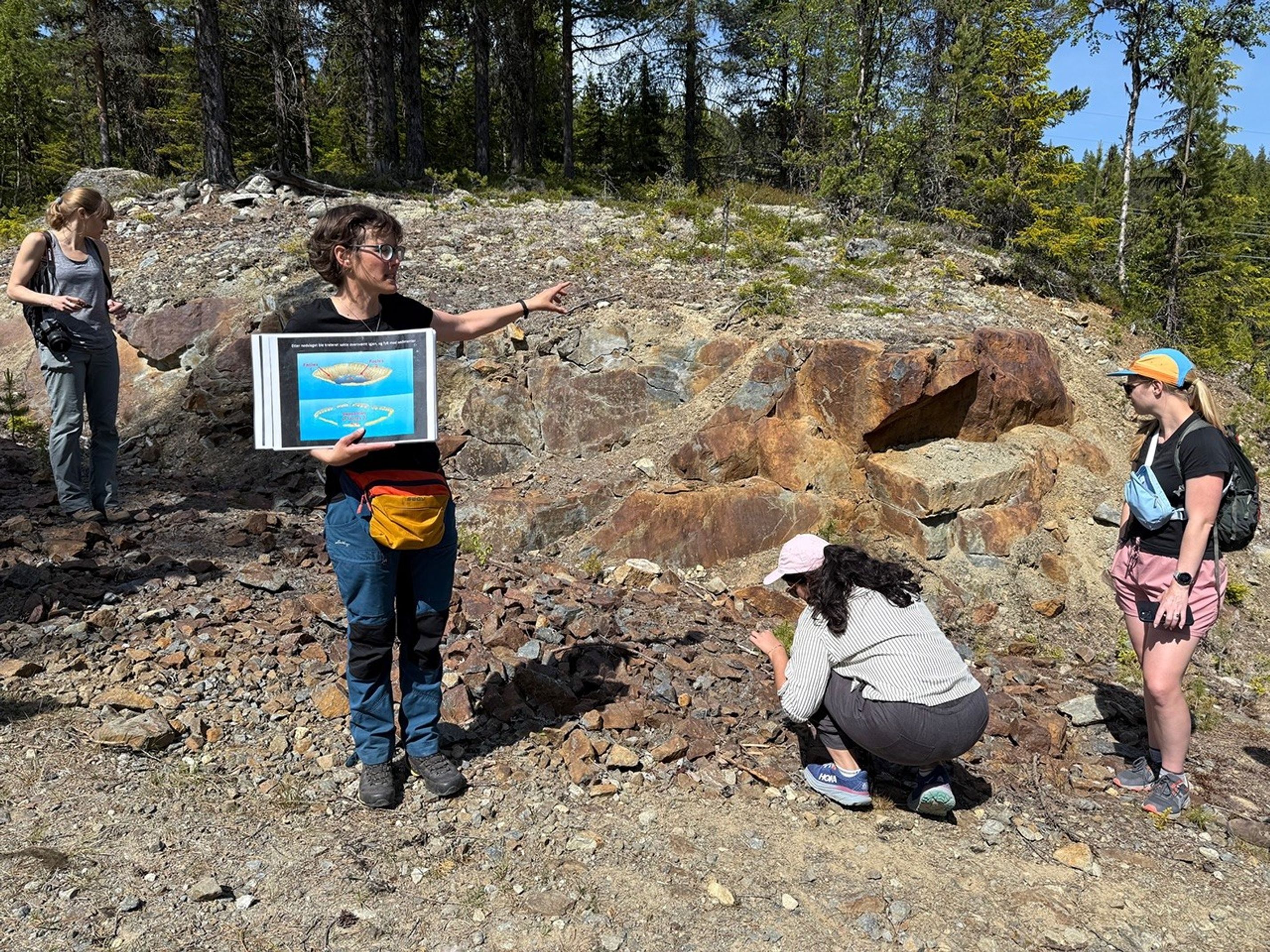Robotic arm downlink chair here! Rather than planning for the next day, I am on the team which assesses data that comes back from the rover and determines the health and safety of its hardware.
Earth planning date: Monday, March 11, 2024
Robotic arm downlink chair here! Rather than planning for the next day, I am on the team which assesses data that comes back from the rover and determines the health and safety of its hardware. I was responsible for assessing our last preload checkout on our second “Mineral King” target last Friday. Unfortunately, we were not confident enough in the initial data we were reading in the target to feel comfortable moving towards a full drill. In our feed extended configuration without utilizing stabilizers, we have to be pickier about the drilling attempts we make to protect our hardware. We wouldn’t want to get our drill stuck in a rock!
Today, we are planning for another checkout on our third “Mineral King” target on Sol 4123. We’re really excited about the potential science value from this area, so we are willing to try again to get more sample. Recall that for our first “Mineral King” target, while we were able to successfully drill, we did not get our normal amount of powder sample to do all of the science analysis we wanted to, hence the additional drilling. We’ll be able to assess on Wednesday whether our third checkout passes our engineering criteria to proceed with a full drill. In addition to the preload checkout, we have a Sol 4123 environmental science block with Navcam measurements to determine scatterings of atmospheric aerosols, take a cloud movie, and search for dust devils. We will also take Mastcam measurements to measure optical depth.
On Sol 4124, we will not have any arm activities while we wait for our engineers to assess the target checkout, and will focus on more science measurements. In our first science block, we have planned ChemCam measurements to document bedrock geochemistry, take spectroscopic measurements of our drill tailings from the first Mineral King drill target, and take long distance imaging of “Fascination Turret,” a nearby ridge of interest. We also have planned Mastcam and Navcam activities to measure optical depth, document ChemCam targets, and collect stereo documentation of a nearby outcrop rock. Later on the same sol, we will take additional Mastcam imaging of our “Florence Peak” target which we have been observing for a number of sols. We are interested in how our measurements are changing over time. We will also be taking additional Navcam measurements as we continue monitoring atmospheric aerosols and atmospheric opacity in the current dusty environment.
We’re excited to get our engineering data back from our third “Mineral King” target to see if we can do another drill!
Written by Remington Free, Operations Systems Engineer at NASA's Jet Propulsion Laboratory































